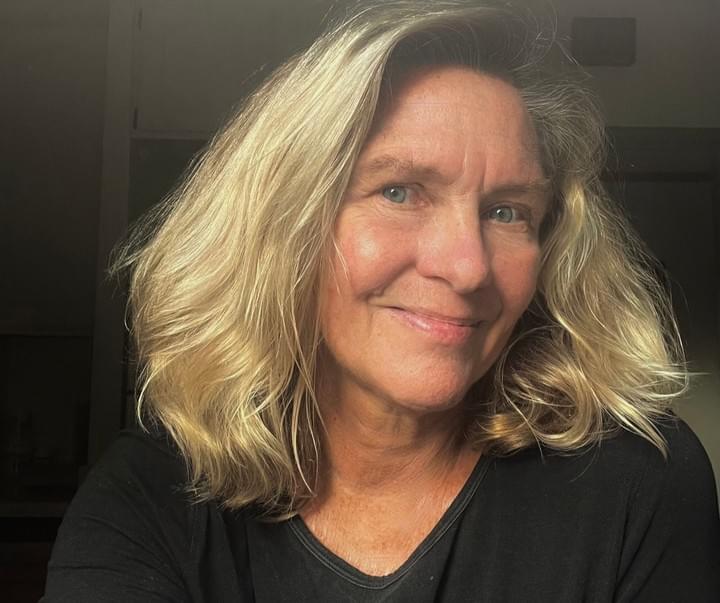


What We Do
We're on a mission to change how molecular interactions are measured using
Patented Compensated Interferometry
FreeSRF: free solution response function (patented)
Free solution assays (patented)
Backscattering interferometry (patented)
Protein - protein and ligand - substrate interactions are central to understanding basic cellular function and to evaluate therapeutics. However, the tools available to quantify these interactions without modifying the proteins or ligands have important limitations. BSI measures changes in conformation and hydration of proteins.
Free Solution Assays
No need for labels, immobilization or amplification
Surface immobilization of the substrate, receptor, or protein or the attachment of a signaling fluorophore influences molecular interactions. It is desirable to eliminate the need for the surface chemistry normally used in binding assays, since it presents persistent problems including: complicated kinetics due to surface bound targets, lack of durability and longevity, high cost, non-specific binding, and difficulty in quantification of the immobilized targets. The ability to perform pure liquid - phase molecular binding analysis in a micro-TAS format eliminates many of the problems that arise from surface chemistry approaches.
Click on image to see article
Label Free in Native Matrices
Quantification of molecular interactions in the native state: membranes, serum, saliva, meconium, urine, tissues, erythrocytes and semi-unilamellar vesicles
The ability to quantify without any labels opens a new world of analytical chemistry to learn about interactions in the native state. Development of a simple, label-free screening technique capable of precisely and directly sensing interaction-in-solution over a size range from small molecules to large proteins, such as antibodies or any other protein, offers an important tool for researchers pharmaceutical companies, drug development, field-testing, process testing, point-of-care diagnostics and more.
Overall, the collective literature is consistent with our findings that systems with significant conformation and hydration changes do not conform to the theory that predicts RI changes are equal the sum of the mass-weighted RI values. Quantitative free-solution assays can be rapidly optimized using our FreeSRF model.
Click on image to see article
Small Volumes
Nano-scale: using compensated interferometry:
Compensated interferometric sensing is an approach that facilitates high sensitivity nanovolume refractive index (RI) measurements and molecular interaction assays without a temperature controller. Determinations are performed in picoliter volumes and at attomolar levels and have been confirmed by existing methods. It has been possible to quantify reaction kinetics and binding affinities (Kd) for proteins, label-free in free-solution, with detection limits of 4 attomoles in small volumes. In addtion, the assays are agnostic to sample type!
Click on image to see article
Improving Lung Cancer Diagnosis
ELISA on steroids (click here to see the paper)
Diagnosis of lung cancer patients with indeterminate pulmonary nodules (IPNs) presents a significant clinical challenge, with morbidity and management costs of $28 billion/year. We show that a quantitative free-solution assay (FSA), coupled with a compensated interferometric reader (CIR), improves the diagnostic performance of CYFRA 21–1 as a lung cancer biomarker. Quantitative at femtomolar levels.
click on image to see article
BSI Compatibility with capillary HPLC, capillary electrophoresis and Taylor dispersion analysis
10-6 RIU sensitivity in nano-liter detection volume
Typically, refractive index detectors have microliter sample volumes. To be compatible with capillary scale-detection, the volume needs to be pico- to nanoliter volumes. This small volume is compatible with BSI. Since 1999, we have demonstrated the capability of BSI for serving as a universal detector for capillary-scale separations. Applications include capillary HPLC, on-chip and capillary electrophoresis, and Taylor Dispersion analysis.
Who We Are
We're on a mission to connect a disruptive technology with your needs, to advance science. We are merging
Physics, Biophysics, Chemical Biology and Medicine
to address both basic and applied problems.

Darryl Bornhop
Chief Science Officer
As CSO, Darryl Bornhop has been using interferometry and inventing since 1985. His research program has ntegrated chemistry, optics, biophysics, chemical biology and biomedical engineering. He has been employing nanoscale sensing tools that engage systems biology, for pharmacologic studies, mechanistic inquiry, as well as biomarker validation and the advancement of “personalized medicine”.
He is an AAAS fellow, has published more than 120 peer-review papers, including contributions in Science and Nature Biotechnology, authored 8 book chapters and holds more than 35 patents. Dr. Bornhop has been a Whitaker Fellow and visiting professor at the RISØ National Laboratory in Denmark, The Freie University Berlin, The Institut de Biologie et Technologies (iBiTech-S, CEA), Saclay, France and Scripps Research Institute, CA.
Dr. Bornhop has served on the Society for Molecular Imaging Council, the editorial board of J. Biomedical Optics and Bioconjugate Chemistry, chaired or co-chaired more than 30 symposia and advised Dow Chemical Co, Spectra Physics and Applied Biosystems Inc.

Michelle Sexton
Chief Operations Officer
Michelle Sexton has been involved in the start-up of several businesses and has experience with analytical instrumentation since 2002. She is involved in the operations of FreeSRF Holdings LLC via the routine tasks and processes to generate revenue. She oversees and coordinates the processes for compliance, technology, agreements, licensing, and performance indicators.
SHe received a NRSAindependent fellowship award (F32) from NCCIH (then NCCAM) Department of Pharmacology at the University of Washington. There she studied the roles of the endocannabinoidsystem in neuroinflammation and neurodegeneration. She worked in assay methodology for screening neuro-anti-inflammatory compounds. She completed a clinical
study that examining the anti-inflammatory roles of plant cannabinoids in patients with Multiple
Sclerosis Shevawarded a Howard Hughes Future Faculty Fellowship and is an accomplished educator and public speaker. She has authored one book chapter, and many peer-reviewed papers. and is the author of "Eat, Sleep, Relax, Protect, Forget: An Endocannabinoid Guide to Systems Wholeness for Women"Inquire
Science is awesome. Let's talk!
Inquiry@FreeSRF.com
© 2019








